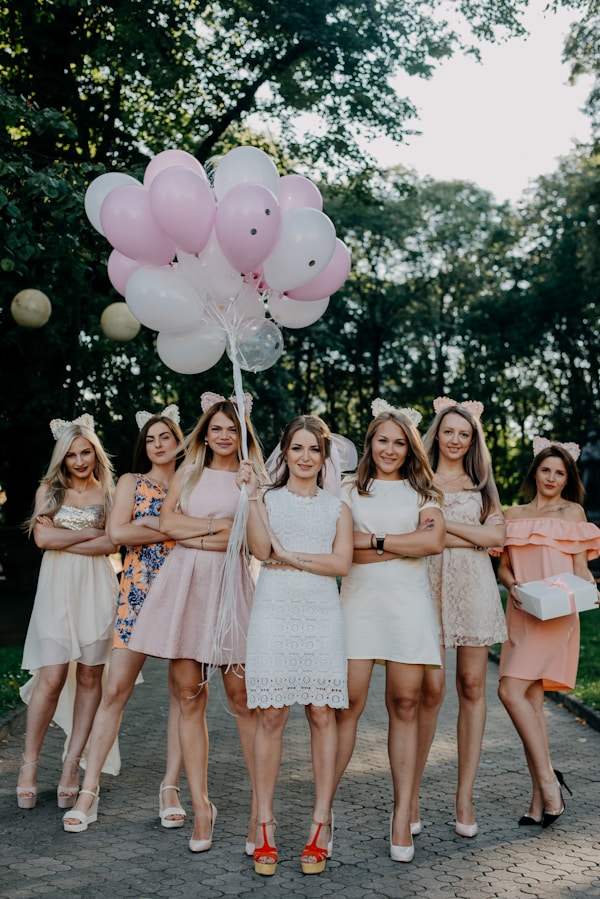Best Practices for Producing a Wedding Dress with a Fitted Bodice and Voluminous Skirt
Best Practices for Producing a Wedding Dress with a Fitted Bodice and Voluminous Skirt
Introduction
Creating the perfect wedding dress is a dream for many aspiring designers and brides alike. A wedding dress featuring a fitted bodice and a voluminous skirt is particularly enchanting, as it perfectly combines elegance with a touch of whimsy. In this article, we will explore the best practices for producing such a stunning wedding dress, touching upon materials, construction techniques, and design elements that will make your creation stand out.
Understanding the Components
Before diving into production practices, it's crucial to understand the two primary components of this wedding dress style: the fitted bodice and the voluminous skirt.
Fitted Bodice
The bodice serves as the foundation of your wedding dress. It is essential to create a flattering silhouette that supports the bust and narrows at the waist. Best practices include:
- Accurate Measurements: Begin with precise measurements of the bride. This includes bust, waist, hips, and height, which will ensure that the bodice fits perfectly.
- Boning and Support: Incorporate boning in the bodice for structure. This adds support and helps maintain the shape of the dress throughout the day.
- Choosing the Right Fabric: Select sturdy materials like satin, taffeta, or silk that provide structure yet are comfortable to wear.
Voluminous Skirt
The voluminous skirt is what makes this dress particularly magical. To produce a skirt with the right amount of flair, consider these practices:
- Layers and Fabrics: Use layers of lightweight fabrics like tulle or organza to create volume without adding excessive weight.
- Construction Techniques: Use a combination of pleating, gathering, or crinoline beneath the skirt to achieve that full silhouette.
- Length and Movement: Ensure the skirt length complements the overall design, allowing for movement and flow that captures the essence of a wedding day.
| Best Practices Summary | Fitted Bodice | Voluminous Skirt |
| Measurements | Accurate bust, waist, hip measurements | Length and fit analysis via muslin prototypes |
| Support | Incorporate boning for structure | Crinoline or petticoats for volume |
| Fabric | Silks, satin, and structured materials | Tulle and organza for lightweight volume |
Design Considerations
When producing a wedding dress with a fitted bodice and voluminous skirt, certain design elements can enhance the overall look:
- Neckline Choices: Experiment with different neckline styles, such as sweetheart, V-neck, or halter to accentuate the bride's collarbone and shoulders.
- Embellishments: Use lace, beading, or embroidery strategically to draw the eye to specific areas of the bodice without overwhelming the design.
- Color Options: While white remains the traditional choice, consider shades like ivory, champagne, or pastels that can give a modern twist to the gown.
Production Techniques
Efficient production techniques can significantly affect the quality and timeliness of the wedding dress. Here are some effective methods:
- Prototyping: Create muslin prototypes to ensure fit and design elements align before cutting into expensive fabric.
- Sewing Techniques: Use professional-grade sewing machines to ensure durability and precision, especially when working with multiple fabric layers.
- Quality Control: Always inspect each dress thoroughly for inconsistencies or imperfections to maintain high standards.

Challenges to Overcome
Producing a wedding gown can present unique challenges. Here are some common ones you may face:
- Time Constraints: Ensure you have a realistic timeline for production, especially if the dress is needed for a specific date.
- Custom Fit Issues: Be prepared for adjustments, as brides may change size or preferences during the fitting process.
- Budget Management: Always have a clear budget in place to prevent unexpected costs from affecting the design outcome.
Final Thoughts and Recommendations
Producing a wedding dress with a fitted bodice and voluminous skirt combines art and craftsmanship. By applying the best practices outlined in this article, you can create a stunning gown that not only looks beautiful but also feels comfortable. Remember to prioritize accurate measurements, choose the right fabrics, and be open to adjusting designs based on the bride's preferences. With dedication and attention to detail, your creation will undoubtedly be a show-stopper on the most important day of a bride's life. Happy designing!
